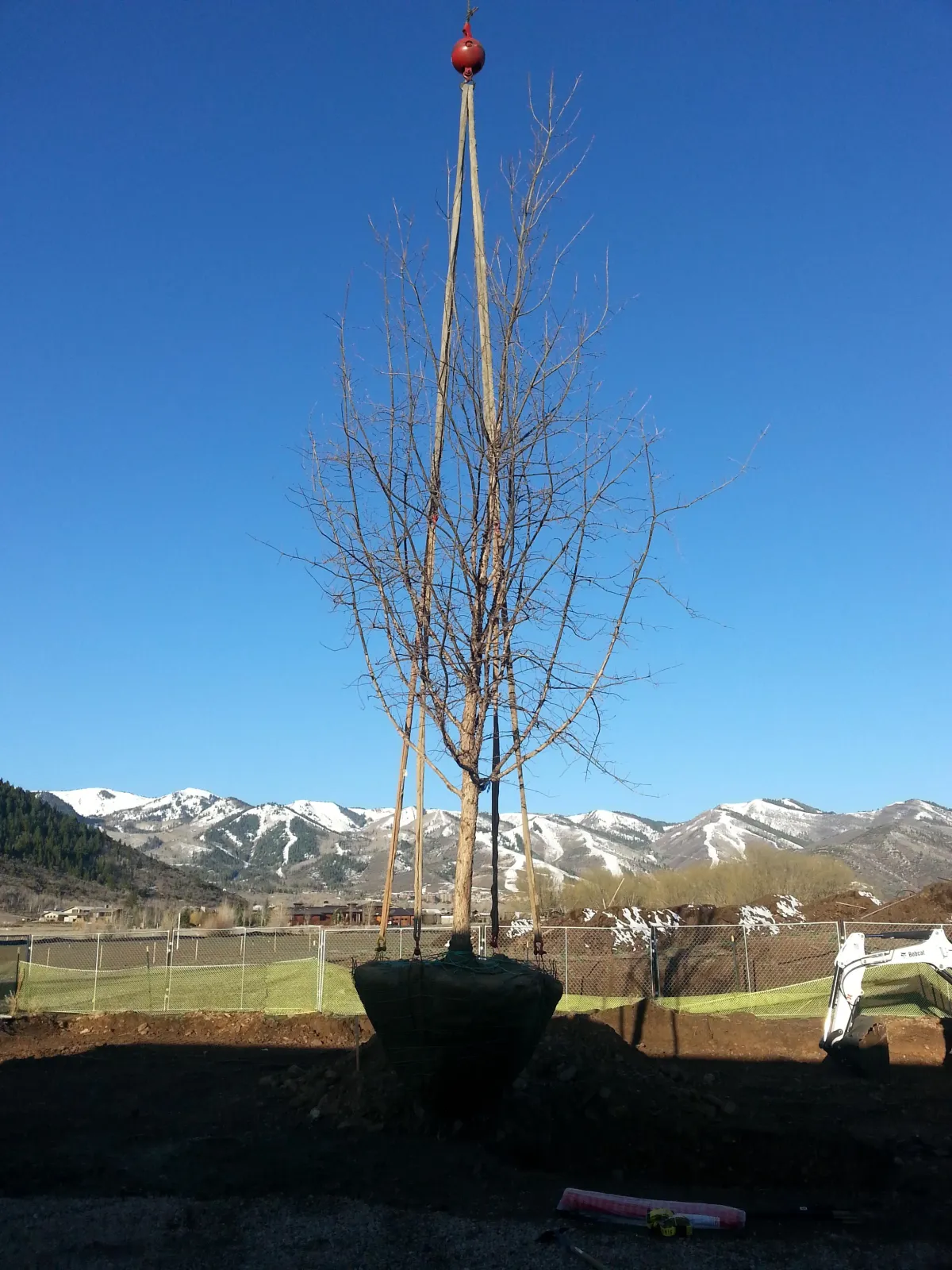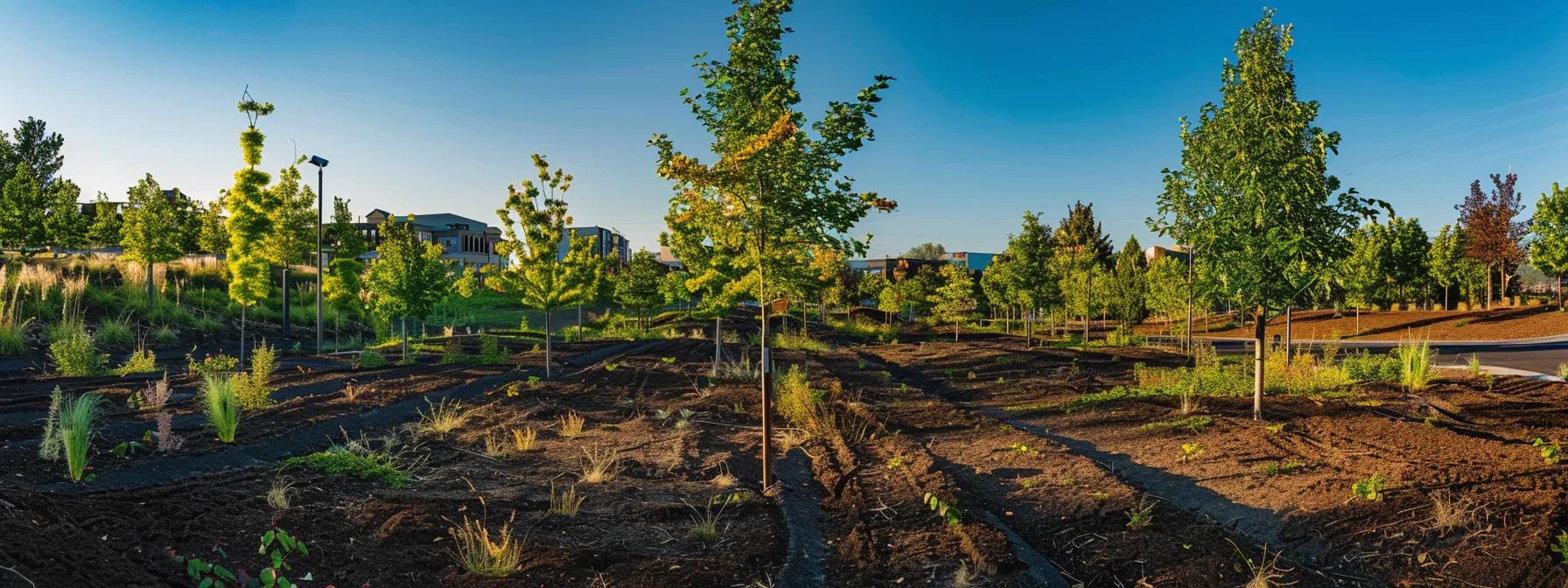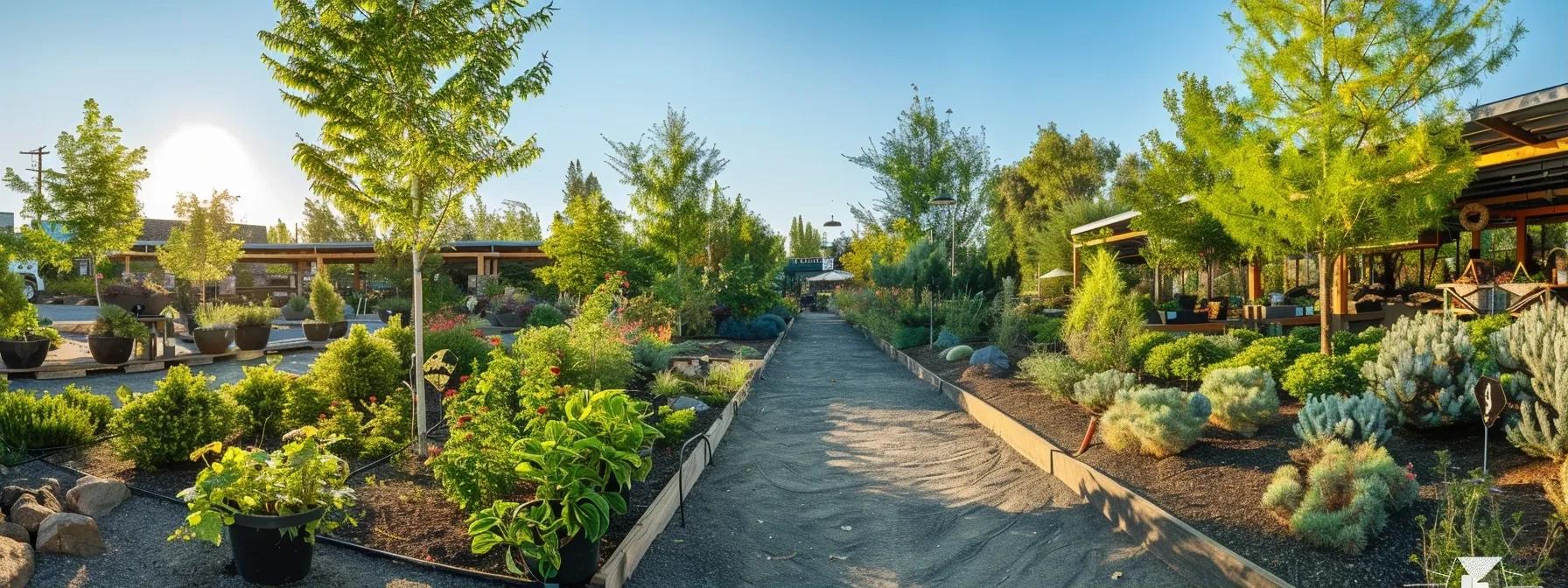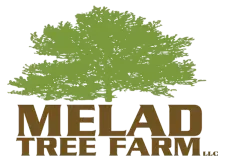
Trees Native To Boise

Choosing NativeTrees for Boise's Unique Climate
Native trees offer Boise residents sustainable, low-maintenance landscaping solutions suited to the local semi-arid climate. This article examines Boise's growing conditions, the advantages of using native trees, recommended varieties from a tree nursery boise, proper siting and planting, and essential care strategies. Homeowners and landscapers can enhance ecosystem health, reduce water usage, and create resilient landscapes that support local wildlife.
Understanding Boise's Distinct Growing Conditions for NativeTrees
Boise’s semi-arid climate—with warm summers, cold winters, and significant temperature fluctuations—requires tree speciesthat can handle limited moisture and extreme conditions. Local hardiness zones, varying soiltypes (from sandy loams to clay), and inconsistent sun exposure all influence tree survival. Drought-tolerant and deep-rooted speciesnaturally adapted to these conditions are essential for long-term success.
Boise's Semi-Arid Climateand Tree Selection
Speciesselected for Boise must thrive under low water conditions. Trees with deep root systems and drought-resistant foliage are more likely to survive with minimal supplemental irrigation.
Recognizing Boise's Hardiness Zones for Tree Survival
Understanding the local hardiness zones helps in choosing trees that tolerate both winter lows and summer highs, reducing risks of cold damage or heat stress.
Assessing SoilTypes Common in Boise Landscapes
The diversity of soils in Boise requires matching trees to appropriate conditions—whether well-draining sandy soils or heavier clay soils—to support root development and nutrient uptake.
Water Availability and Choosing Drought-Tolerant NativeTrees in Boise
Limited water availability highlights the need for trees that flourish with minimal irrigation, advancing regional water conservationand sustainable landscapingpractices.
Sun Exposure Patterns and Their Impact on Tree Choices
Varying sun exposure across Boise means selecting speciesadapted to full sun or partial shade is key to maintaining tree health and consistent growth.
Advantages of Selecting NativeTrees for Your Boise Landscape

Nativetrees offer multiple benefits. They require less water and maintenance, lower irrigationcosts, and support local wildlife by providing essential food and shelter. Furthermore, they maintain natural nutrient cycles, stabilize soils, and generally exhibit strong resilience against shifting climatic conditions.
Lower Water Requirements With Adapted NativeSpecies
Thanks to evolutionary adaptations, nativetrees need less water. Their deep roots tap into scarce moisture, making them both environmentally and economically sensible choices.
Reduced Maintenance for Trees Suited to Boise Conditions
Adapted to local conditions, these trees require minimal fertilization or pruning, reducing both labor and maintenance costs in urban landscapes.
Supporting Local Wildlife and Pollinators With NativeTrees
Nativetrees create habitats for birds, insects, and small mammals, thereby enhancing biodiversityand strengthening the local ecosystem.
Enhancing Local EcosystemHealth Through NativePlantings
By stabilizing soils and reducing erosion, nativeplantings maintain the natural ecological balance and foster a healthier overall landscape.
Long-Term Resilience of NativeTrees in Boise's Changing Climate
Nativetrees are better prepared to face environmental stresses, making them a sustainable choice for long-term landscapestability and ecological balance.
Recommended NativeTree Varieties for Boise's Climate
Boise offers a variety of nativetrees suitable for different landscapeneeds. Homeowners can choose from small trees with delicate seasonal beauty to large specimens offering expansive shade. Both evergreenand deciduousspeciesprovide year-round visual interest.
Small NativeTrees Suitable for Boise Yards
These trees are ideal for compact spaces, offering seasonal blooms and edible fruits while causing minimal root disturbance. Their manageable size and low water needs make them ideal for residential gardens.
Medium-Sized NativeTree Options for Boise Properties
Specieslike the Gambel oak balance shade and space. Resilient and capable of handling moderate urban disturbances, they add both ecological and visual value to suburban settings.
Large Stature NativeTrees for Shade and Impact in Boise
For significant shade and dramatic presence, trees such as the Douglas fir provide a strong visual anchor and dense foliage that also helps protect against extreme heat.
EvergreenNativeTrees Providing Year-Round Interest in Boise
Evergreenspecieslike the common juniper keep landscapes attractive throughout the year, thanks to their continuous foliage and low water requirements.
DeciduousNativeTrees Offering Seasonal Beauty in Boise
Deciduoustrees, for example the Siberian elm, exhibit vibrant autumn colors and allow winter light penetration, adding dynamic seasonal interest to landscapes.
Siting and Planting Your Chosen NativeTrees in Boise

Proper siting and planting are crucial to success. Select locations that mimic the tree’s natural habitat with optimal sun exposure, drainage, and space. Plant during spring or fall when temperatures are moderate, and ensure adequate spacing for mature canopy growth. In urban areas with poor soils, amending the soilwith compost can further enhance tree health.
Selecting the Right Location for Your NativeTree
Choose areas with good sunlight and drainage. Assessing microclimates on your property helps ensure trees are placed where they will thrive.
Proper Planting Techniques for NativeTrees in Boise Soil
Plant trees at the correct depth with sufficient room for roots. Raised beds and the addition of organic matter can boost soilquality.
Ideal Timing for Planting NativeTrees in Boise
Plant during early spring or late fall to avoid extreme temperatures and allow roots to establish in mild conditions.
Understanding Spacing Needs for Mature NativeTrees
Ensure adequate spacing to prevent competition for nutrients and water, considering the mature size of the trees.
Amending Soilfor Optimal NativeTree Growth if Necessary
Enhance poor soils with compost to encourage beneficial microbial activity and robust root development.
Caring for NativeTrees to Thrive in Boise's Environment
Ongoing care is essential. Adequate watering during establishment, mulching to conserve moisture, and routine pruning to shape canopies are vital practices. Early recognition of pests and diseases facilitates prompt treatments, and periodic soiltesting ensures that care routines remain effective despite climatic shifts.
Watering Guidelines for Newly Planted and Established NativeTrees in Boise
New trees require regular, deep watering to establish roots, while established trees do well with infrequent, deep watering, often aided by drip irrigationsystems.
Mulching Benefits for NativeTrees in a Dry Climate
Mulching conserves soilmoisture, moderates temperature, and suppresses weeds, gradually supplying nutrients as it decomposes.
Pruning NativeTrees for Health and Structure in Boise
Routine pruning promotes strong branch development, improves air circulation, and helps reduce disease risks.
Identifying Common Pests and Diseases Affecting Boise's NativeTrees
Monitor for common pests like borers and aphids. Early intervention using integrated pestmanagement minimizes chemical reliance and protects the ecosystem.
Long-Term Stewardship of Your NativeTrees in Boise
A structured maintenance plan—including annual health checks and soiltests—ensures long-term tree vitality. Consultation with local arborists can help adapt care strategies to changing conditions.
Locating and Purchasing NativeTrees in the Boise Area

Sourcing healthy nativetrees involves working with reputable local nurseries or community plant sales. Ask detailed questions about the tree stock’s age, health, and cultivation practices. Observing robust root systems, sturdy trunks, and healthy foliage ensures that your selection will thrive.
Nurseries Specializing in NativePlants for Boise
Local nurseries provide valuable details regarding optimal growing conditions and tree histories, serving as excellent resources for informed purchasing.
Questions to Ask When Buying NativeTrees
Inquire about water needs, soilcompatibility, and growth rates. Clear care instructions ensure trees suit the specific site conditions.
Recognizing Healthy NativeTree Stock for Purchase
Healthy trees have well-developed branches, consistent trunk diameters, and no signs of decay or pestdamage.
Community Plant Sales and Arbor Day Events in Boise
Participate in local sales and Arbor Day events to access competitively priced nativetrees while supporting regional horticulture.
Online Resources for Sourcing NativeTrees for the Boise Region
Digital platforms offer detailed planting guides and customer reviews, helping compare speciesand make informed decisions.
Frequently Asked Questions
Q: How do Boise’s soilconditions affect tree selection? A: Boise’s soils—from sandy loams to clay—impact water retention and nutrient availability, requiring species that match each condition.
Q: What are the benefits of planting nativetrees in Boise? A: Native trees need less water, require minimal maintenance, support local wildlife, and enhance ecosystem health through resilience and natural adaptation.
Q: When is the ideal time to plant nativetrees in Boise? A: Early spring or late fall are best, allowing trees to establish roots in moderate weather conditions.
Q: How can I ensure proper watering of my nativetrees? A: Newly planted trees need regular deep watering; established trees benefit from infrequent, deep irrigation practices like drip irrigation and mulching.
Q: Where can I find reputable sources for nativetrees in Boise? A: Local nurseries, community plant sales, and trusted online resources dedicated to native species offer high-quality trees suited to Boise’s climate.
Final Thoughts
In conclusion, selecting and nurturing nativetrees in Boise provides significant environmental, economic, and aesthetic benefits. By understanding local climatic conditions, soiltypes, and water availability, homeowners can create resilient landscapes that support distinctive local wildlife. With careful planning, proper planting techniques, and ongoing care, nativetrees become a long-term investment in sustainable and beautiful landscaping.
